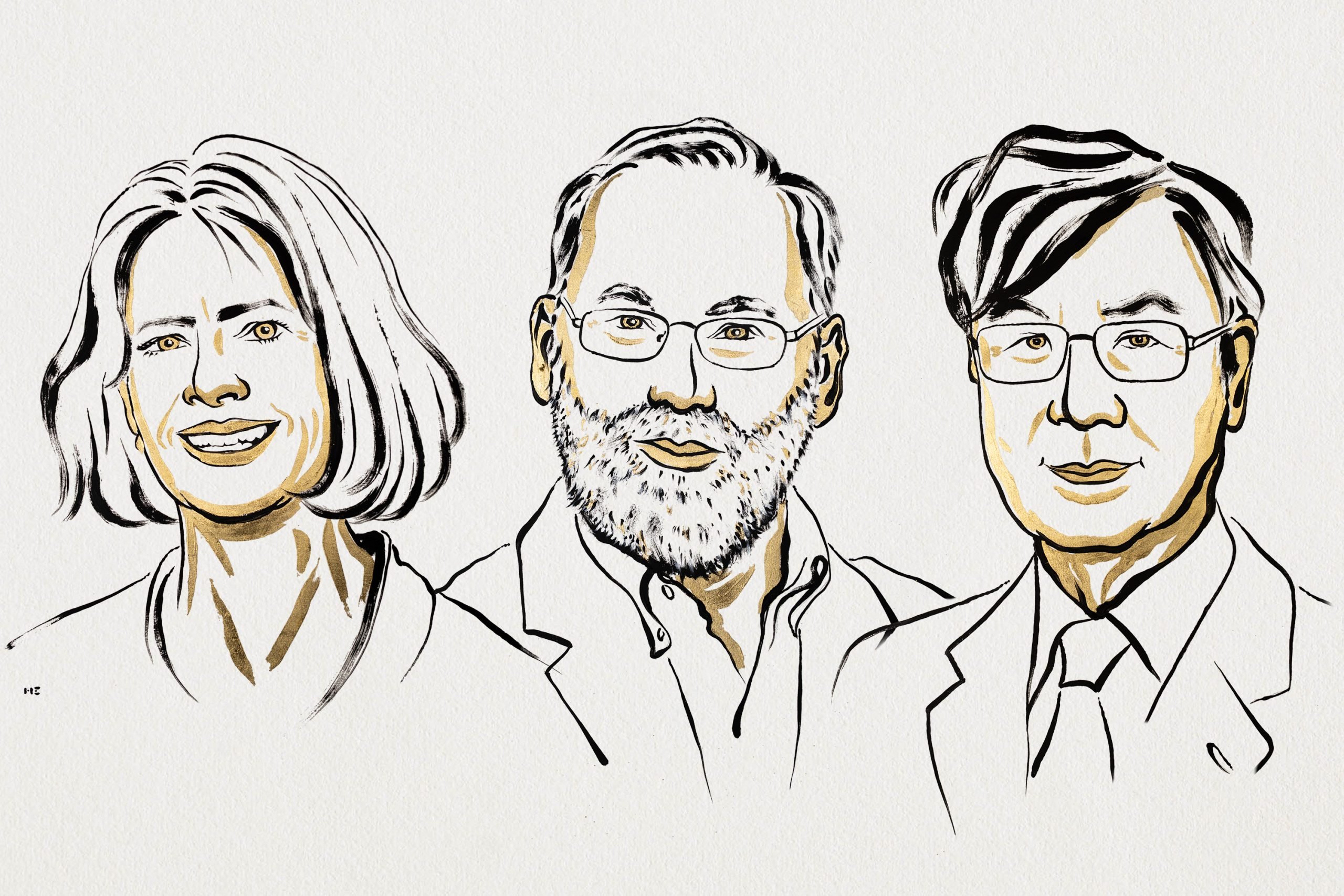The 2025 Nobel Prize in Physiology or Medicine has been awarded to Mary E. Brunkow, Fred Ramsdell, and Shimon Sakaguchi for their groundbreaking discoveries in the field of peripheral immune tolerance a crucial mechanism that prevents the body’s immune system from turning against itself. Their pioneering work revealed how specialized immune cells, known as regulatory T cells (Tregs), act as vigilant guardians that maintain balance within the immune system.
Every day, our immune system confronts countless invaders such as bacteria and viruses. Yet, it must carefully distinguish between harmful outsiders and the body’s own cells. This delicate discrimination prevents autoimmune diseases, where the immune system mistakenly attacks healthy tissue.
In 1995, Shimon Sakaguchi defied conventional thinking by discovering a new class of immune cells that suppress harmful immune responses regulatory T cells. Until then, scientists believed that immune tolerance depended solely on the elimination of self-reactive cells in the thymus, a process called central tolerance. Sakaguchi’s discovery revealed an additional safeguard peripheral tolerance that operates throughout the body.
Years later, in 2001, Mary Brunkow and Fred Ramsdell identified the genetic key to these cells: the Foxp3 gene. Their studies showed that mutations in this gene lead to severe autoimmune disorders, such as IPEX syndrome, both in mice and humans. In 2003, Sakaguchi connected the dots, proving that Foxp3 directs the development and function of regulatory T cells, cementing the foundation for a new era in immunology.
These landmark discoveries not only deepened our understanding of immune regulation but also opened new therapeutic frontiers. Insights into regulatory T cells have paved the way for innovative treatments for autoimmune diseases, cancer, and organ transplantation, many of which are currently in clinical trials.
By illuminating how the body maintains peace within its own ranks, Brunkow, Ramsdell, and Sakaguchi have transformed our understanding of immunity earning them the highest honor in medical science. Their work stands as a testament to the power of curiosity, persistence, and the endless quest to understand how the body protects itself from itself.
